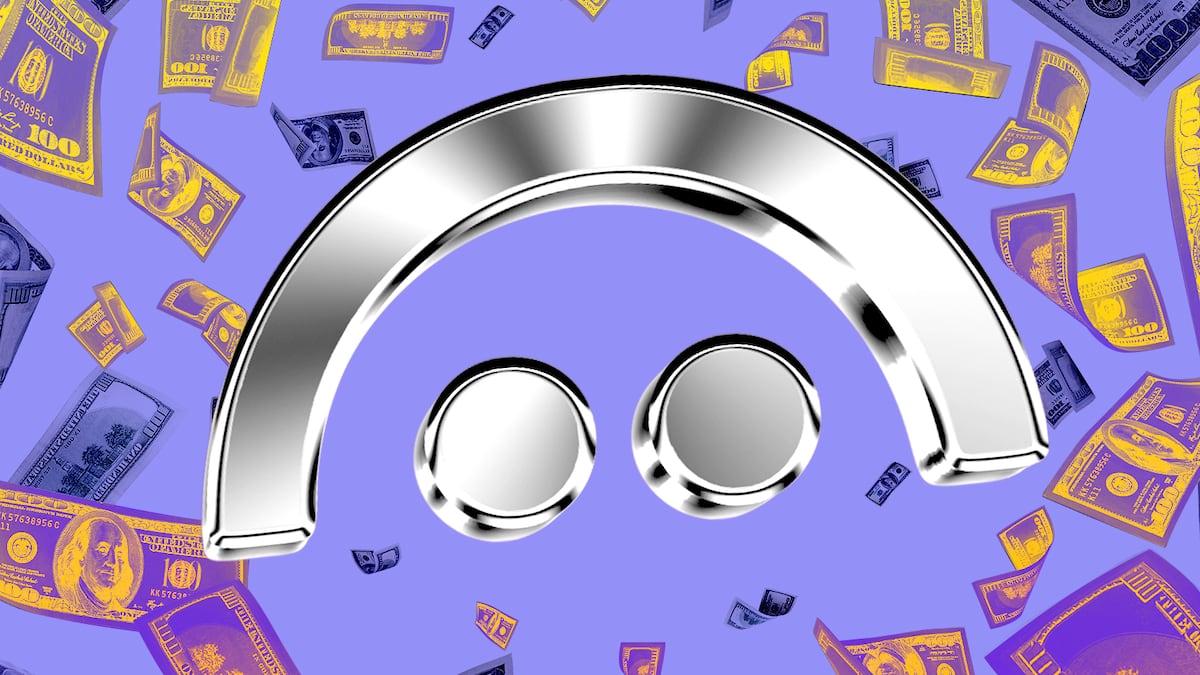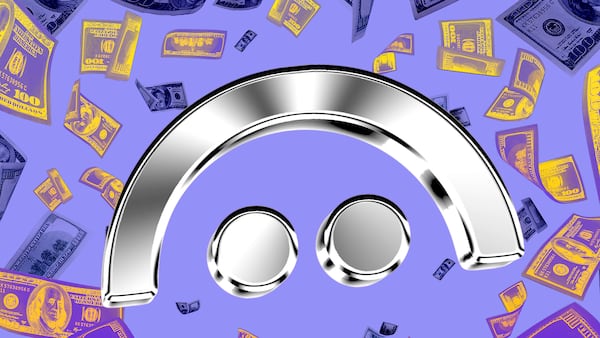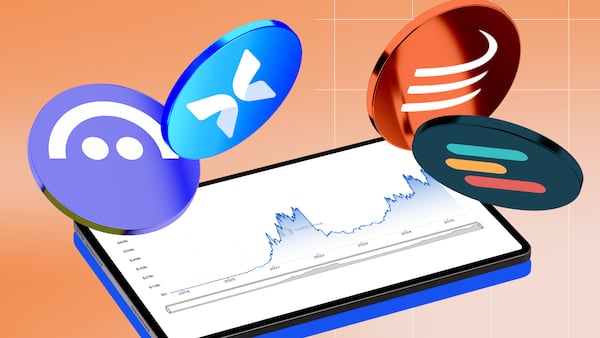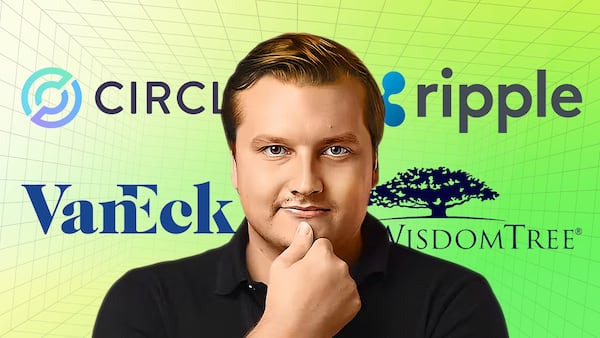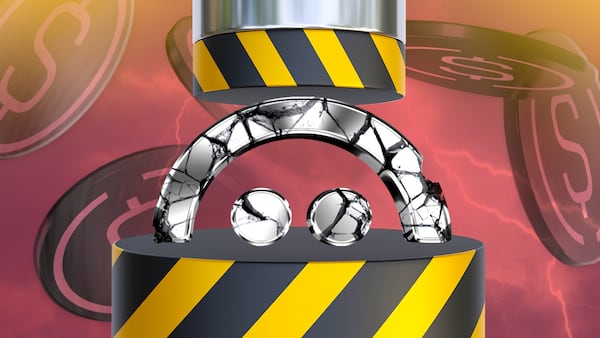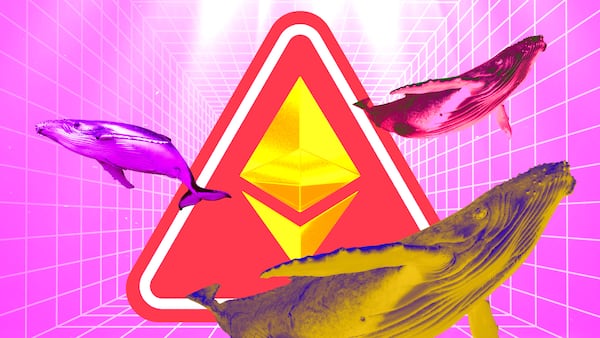- Aave DAO is considering making its buyback programme permanent.
- The cooperative would allocate $50 million per year to purchasing the Aave token.
- A six-month pilot programme has lost money so far.
Aave DAO could make its token buyback programme permanent under a proposal from one of the cooperative’s most influential members.
Aave Chan Initiative has proposed using $50 million per year to buy back the Aave governance token.
It’s the latest signal that crypto organisations are increasingly focused on rewarding their investors.
The buyback proposal prompted a brief rally in the Aave token’s price on Wednesday. But the rally stalled after Reuters reported US President Donald Trump is considering limiting the export of US software to China, reigniting fears of a trade war and prompting a market-wide selloff.
The proposal comes as analysts mount scepticism over buyback schemes’ success. In March, a report from crypto research firm Messari also argued that there was “no clear evidence that the market rewards these initiatives.”
This week, market maker Keyrock offered a similar conclusion in a new report.
A $1.7 million loss
Aave Chan Initiative is a major delegate in Aave DAO, the digital cooperative that controls the Aave lending protocol.
That protocol is the largest in decentralised finance, according to DefiLlama data, with more than $36 billion in user deposits.
Aave is approaching the end of a six-month pilot in which it bought back AAVE tokens at a rate of about $1 million per week.
Under ACI’s proposal, a permanent buyback programme would maintain that rate, buying between $250,000 and $1.75 million in tokens weekly based on market conditions, token price volatility, and protocol revenue.
The token has surged more than 50% since Aave began its buyback pilot on April 9, though its value has steadily declined since hitting an eight-month high of $367 in August.
The Aave DAO has lost about $1.7 million, or 7%, on the buyback programme so far, according to data provider TokenLogic. The DAO has spent about $24.7 million to buy almost 106,000 Aave tokens at an average price of $234. Those tokens are now worth $23 million.
A permanent programme would continue to fund the buyback using protocol revenue. And Aave is awash in money.
Aave has generated about $108 million in revenue this year, according to TokenLogic. In all of 2024, it earned $90 million in revenue.
And the Aave DAO holds about $268 million in crypto, about half of it denominated in AAVE and the other half in various other cryptocurrencies.
“The Aave Protocol has demonstrated strong revenue generation and treasury growth,” the ACI wrote in the Aave governance forum.
“With the expiry of the existing buyback initiative, and the strong success of the programme, we think it is an opportune time to enshrine a buyback programme to further enhance Aavenomics.”
Buybacks and fee switches
Buybacks and other value-boosting plays have become increasingly popular in DeFi.
Many DeFi tokens did little more than offer their investors an opportunity to participate in crypto cooperatives known as DAOs. But token holders’ participation has often been alarmingly low, suggesting would-be investors needed a better reason to buy.
Over the past year, DAOs have increasingly turned to two value-boosting plays: buybacks and so-called fee switches.
DYdX, Hyperliquid, Renzo, and Jito have all implemented or considered buyback programmes this year.
Ethena, Uniswap, and Arbitrum have all considered flipping a fee switch that would direct a portion of protocol revenue to certain tokenholders.
But not every DeFi founder is on board with the push to redistribute protocol revenue.
“Would a high-growth startup distribute revenue to shareholders instead of reinvesting in expansion? The answer is almost universally no,” Morpho founder Paul Frambot said in June.
“It even took many of the largest tech companies, including Meta and Alphabet, 10 to 20 years before they started distributing dividends.”
Aleks Gilbert is DL News’ New York-based DeFi correspondent. You can contact him at aleks@dlnews.com.


